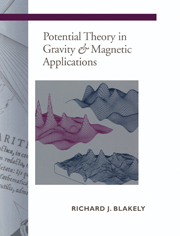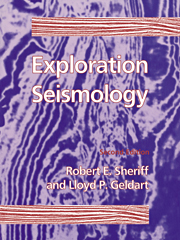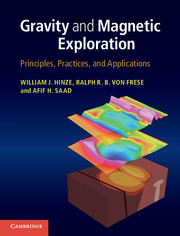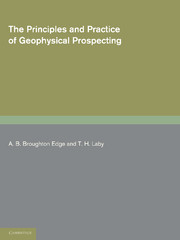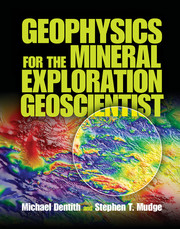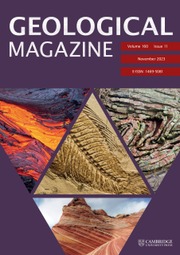Potential Theory in Gravity and Magnetic Applications
This text bridges the gap between the classic texts on potential theory and modern books on applied geophysics. It opens with an introduction to potential theory, emphasising those aspects particularly important to earth scientists, such as Laplace's equation, Newtonian potential, magnetic and electrostatic fields, and conduction of heat. The theory is then applied to the interpretation of gravity and magnetic anomalies, drawing on examples from modern geophysical literature. Topics explored include regional and global fields, forward modeling, inverse methods, depth-to-source estimation, ideal bodies, analytical continuation, and spectral analysis. The book includes numerous exercises and a variety of computer subroutines written in FORTRAN. Graduate students and researchers in geophysics will find this book essential.
- The first book to present full range of modern earth science
- FORTRAN subroutines for many applications
Product details
May 1995Hardback
9780521415088
464 pages
229 × 152 × 30 mm
0.85kg
175 b/w illus.
Available
Table of Contents
- Introduction
- 1. The potential
- 2. Consequences of the potential
- 3. Newtonian potential
- 4. Magnetic potential
- 5. Magnetization
- 6. Spherical harmonic analysis
- 7. Regional gravity fields
- 8. The geomagnetic field
- 9. Forward method
- 10. Inverse method
- 11. Fourier-domain modeling
- 12. Transformations
- Appendix A. Review of vector calculus
- Appendix B. Subroutines
- Appendix C. Review of sampling theory
- Appendix D. Conversion of units.

